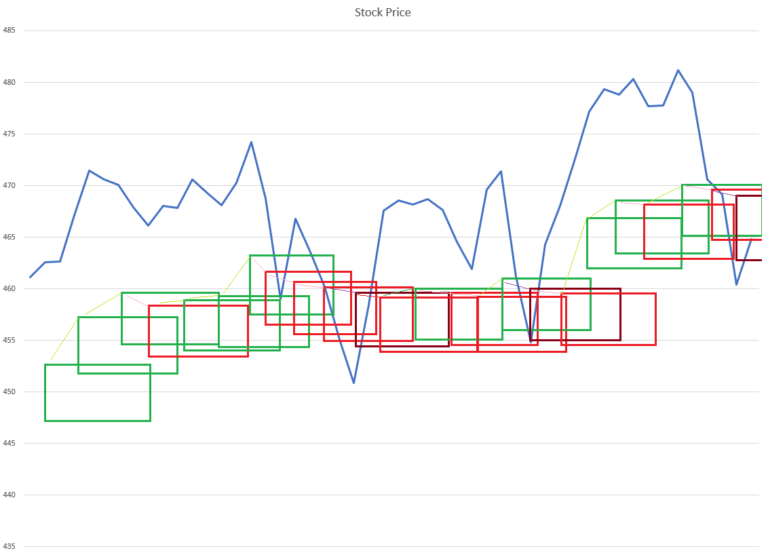
Image: www.schaeffersresearch.com
Introduction
In the dynamic world of options trading, understanding the intricacies of trading strategies is paramount. Among these strategies, rolling options plays a pivotal role in refining your portfolio and maximizing returns. In this comprehensive guide, we delve into the nuances of rolling options, exploring how it functions, its benefits, and expert insights to help you navigate this essential trading technique.
Understanding Option Rolling
Rolling options is a strategy that involves simultaneously closing an existing option contract while opening a new contract with a different expiration date or strike price. This strategy allows traders to adjust their portfolio based on changing market conditions, modify risk exposure, and enhance profit potential.
Mechanism of Rolling
When rolling options, the trader closes their existing option contract at the current market price and immediately opens a new contract with a different set of parameters. This effectively extends the life of the option position, allowing the trader to continue benefiting from potential market movements.
Benefits of Rolling Options
Rolling options offers several advantages:
- Extended Option Life: Allows traders to maintain their exposure to an underlying asset for a longer period, potentially capturing favorable market movements.
- Risk Adjustment: Enables traders to adjust the level of risk associated with an option position by modifying the expiration date or strike price.
- Increased Profit Potential: Rolling can optimize profit potential by capitalizing on changes in the underlying asset’s price or implied volatility.
- Flexibility: Provides traders with the flexibility to adapt their strategy based on market conditions, news events, or personal circumstances.
Expert Insights
The Power of Rolling Long Options:
- Use rolling to extend the life of long call or put options when you believe the underlying asset will continue to move in your favor.
- Roll options before the expiration date to avoid assignment or exercise and gain additional time.
- Consider rolling to contracts with higher strike prices or longer expirations for increased profit potential.
Rolling to Manage Short Options:
- Roll short options when the market moves against you and the risk of assignment or exercise increases.
- Roll short calls or puts to contracts with higher expirations to reduce the likelihood of an assignment or exercise.
- Monitor extrinsic value and implied volatility when rolling short options to ensure profitability.
Conclusion
Rolling options is a powerful strategy that enhances the flexibility and potential returns of options trading. By understanding the mechanics, benefits, and expert insights outlined in this guide, traders can harness the power of rolling to optimize their portfolios, manage risk, and maximize profit opportunities. Remember, while rolling options can be beneficial, it requires careful consideration and a thorough understanding of the underlying markets and option contracts.

Image: datadrivenoptions.com
How Does Rolling Work In Options Trading

Image: www.youtube.com






